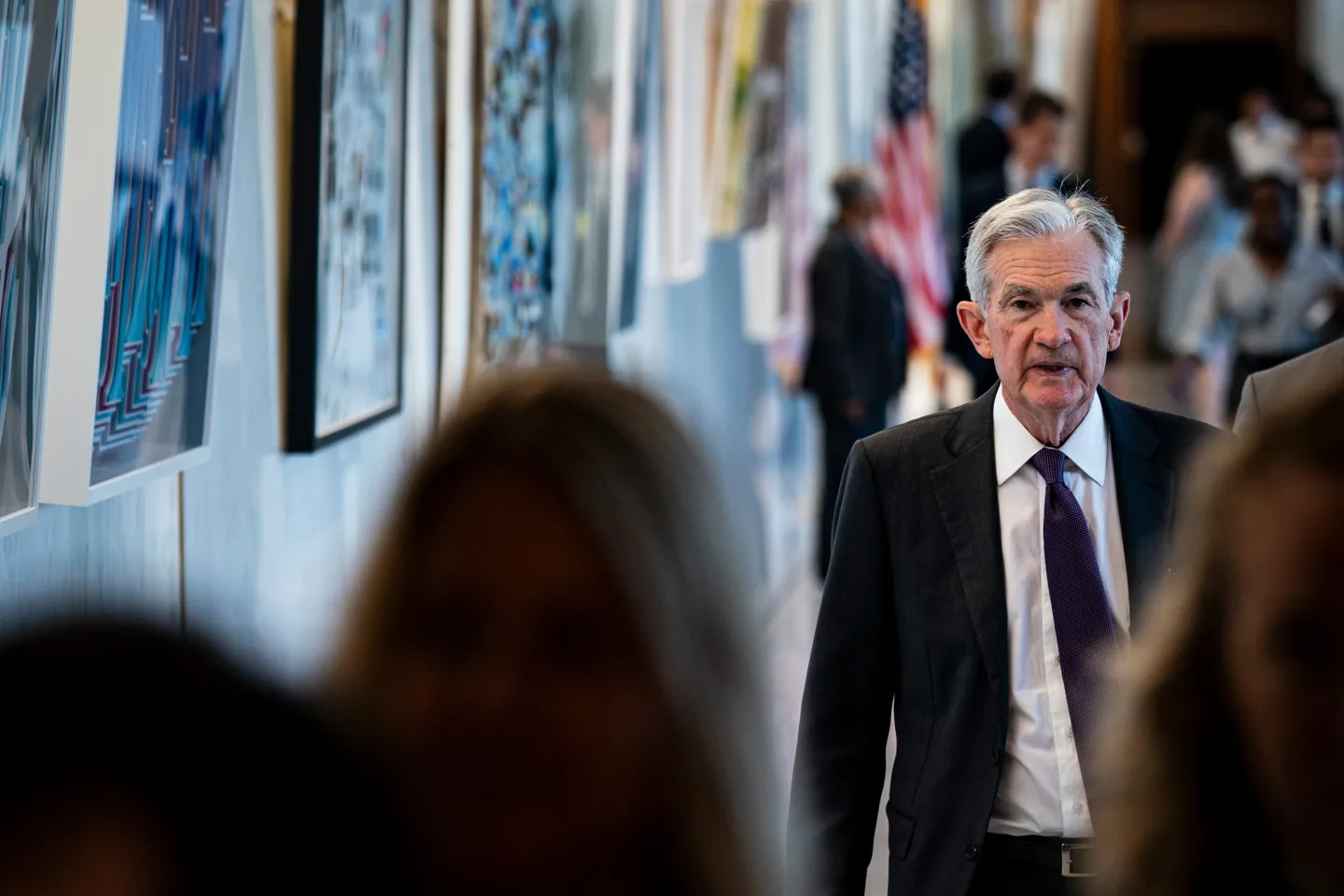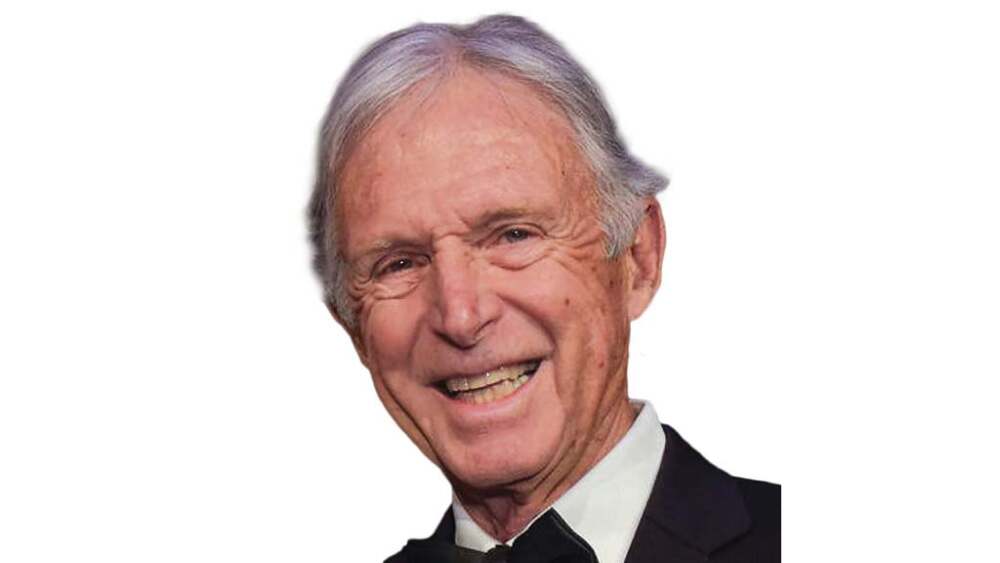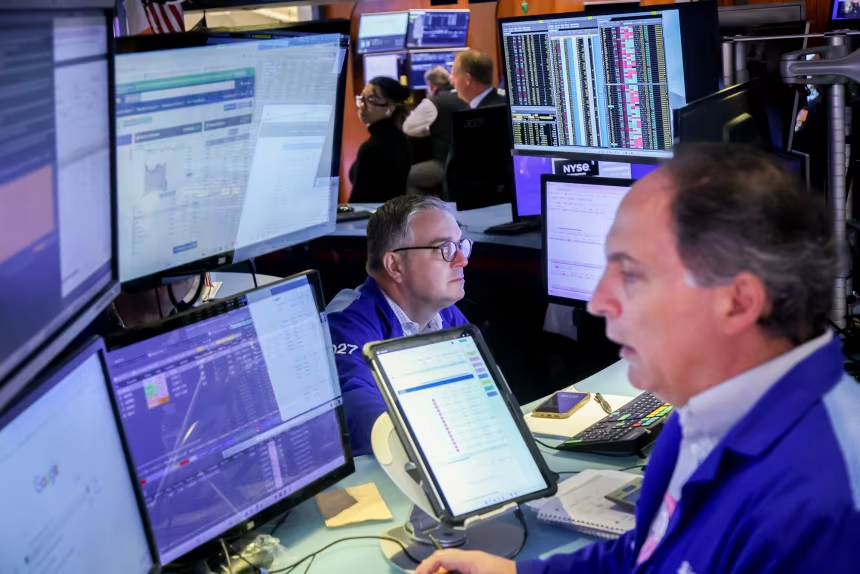In a tumultuous turn for the U.S. economy, recent data revealed that job creation has fallen short of expectations, while inflation remains more entrenched than many had hoped. The result: a sharp shift in market sentiment and renewed uncertainty over the trajectory of Federal Reserve monetary policy.
Cooling Labour Market
The latest employment figures showed a significant slowdown in job growth. The number of new jobs added fell well below consensus expectations, and the unemployment rate creeped upward. At the same time, downward revisions to prior months’ job gains added to the concern that the labour market may be losing momentum.
This softening in hiring comes at a time when businesses are facing rising costs, supply‑chain pressures and weakening consumer demand. For many employers, the calculus of adding staff is becoming more conservative.
Inflation Won’t Let Up
On the inflation front, gains in consumer prices and producer input costs continue to challenge hopes for “transitory” cost pressures. While some inflation indicators have eased, others remain sticky—especially services inflation and wage pressures. That mix is keeping the Fed between a rock and a hard place: job growth is slowing, yet inflation remains elevated.
Market Reaction: Uncertainty at the Forefront
The combination of weak labour data and persistent inflation has sparked a sharp reaction from financial markets. Equity indices fell as investors reassessed whether the Fed will proceed with previously expected interest‑rate cuts. Meanwhile, bond yields moved erratically, reflecting heightened uncertainty.
What once seemed like a near‑certainty—a rate cut by the Fed—now looks increasingly conditional on upcoming data and the risk that inflation may yet flare. This shift has introduced a higher level of volatility and guarded sentiment across stock and bond markets alike.
The Policy Dilemma for the Fed
The Fed now faces a two‑front challenge: support economic growth through looser policy while guarding against unleashing renewed inflation. If the labour market weakens further, that may tilt the balance toward easing—but if inflation surges, the Fed may feel compelled to hold the line or even hike.
Upcoming inflation readings, labour‑market data and Fed commentary will be under intense scrutiny. The path forward is murky: investors and policymakers alike are having to navigate a narrower corridor for decision‑making than in recent years.
What This Means for Businesses and Investors
- Businesses will remain cautious with hiring and investment decisions until clearer signals emerge on demand and cost pressures.
- Investors may look to reduce risk exposure and position for increased volatility, particularly if policy uncertainty persists.
- Consumers may feel the effects of a slower job market, resulting in more cautious spending and possibly dragging economic momentum.
A View Ahead
In the near term, the economy looks to be entering a phase of “wait and see.” The jobs engine has lost some steam, and inflation is proving stubborn. Whether this leads to a soft landing or a more serious deceleration hinges on upcoming data and policy responses. For now, the margin for error has shrunk.
















Leave a Reply